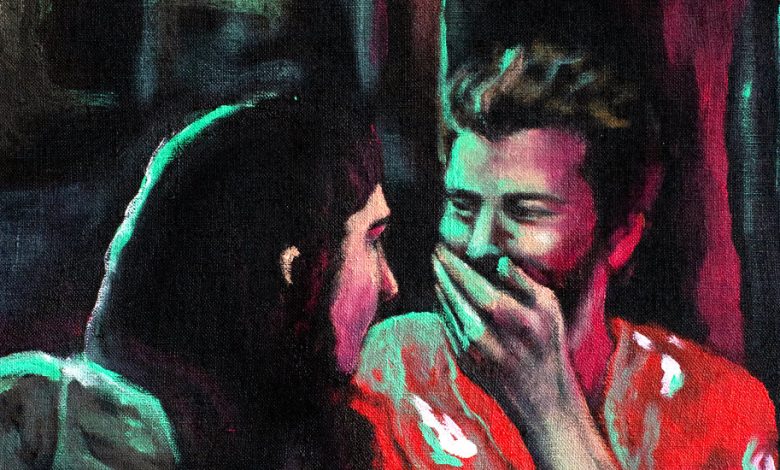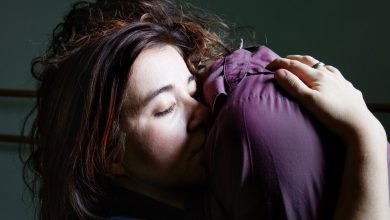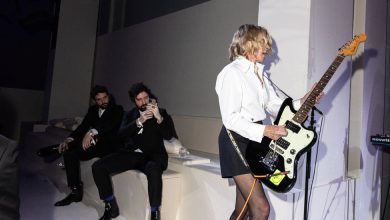Missing the Gay Best Friend

SOMETIMES, YOU DON’T know how much you’ve been missing something, or even that you’ve been missing it, until you have it back. That may explain the unexpected nostalgic pang I felt while watching Nathan Lane connive and conspire with an array of imperiously behatted women on the second season of Max’s real housewives of New York costume drama “The Gilded Age.” Or the similar pang I felt while watching Mario Cantone reprise his role as the embittered confidant Anthony Marentino on the second season of Max’s other real housewives of New York costume drama “And Just Like That …” In both instances, it seemed suddenly clear that, for a long time now, popular culture has been moving forward without a once-essential style accessory: the Gay Best Friend. We’re not supposed to mourn his absence; we’re not supposed to want him back. But I kind of do.
Listen to this article, read by Ron Butler
Open this article in the New York Times Audio app on iOS.
Sardonic and supportive, caustic and self-deprecating, alternately the angel and the devil on the shoulders of countless heroines, the Gay Best Friend — always free, always available, there when he’s needed and invisible the minute he isn’t — had been a staple of women-driven, gay-friendly movies and television shows since I was a teenager in the early 1980s, at the dawn of the representation-matters era. As our designated representative, the homosexual confidant wasn’t ideal, but he was better than nothing. He could serve as a pet, a provocateur or a sob sister; a servile, wince-inducing stereotype or a sly underminer of various heterosexual norms. For gay audiences, his existence, rarely in the thick of the action but rather just next door to it, offered, at its best, a brief glimpse into a universe of possibilities — a universe that mainstream culture was still unwilling to enter more immersively. Over the next couple of decades, the Gay Best Friend’s development could be traced alongside the overall arc of gay culture as it bent toward justice.
And then, seemingly without anybody noticing, he ghosted, disappearing from the scene with barely an acknowledgment that he’d been there at all. (The momentary appearance of Earring Magic Ken in 2023’s biggest film hit, “Barbie,” is the last known sighting.) Was the cultural demise of the Gay Best Friend a defeat, or was it a sign of progress? And either way, whatever happened to that guy? He was fun to have around and, all in all, good company.
IT MAKES SENSE that, in the 2020s, the Gay Best Friend is not only virtually extinct but even frowned upon as démodé, a quaint form of minstrelsy. In an era in which everybody is determined to live life as the star of their own show, the G.B.F., a member of a sexual minority who accepts that his destiny is to serve as a tangential character rather than a central figure, feels self-abnegating in a way that renders him politically suspect. Why would any self-respecting gay man choose to define himself primarily as a woman’s ornamentation? The trope is by now so familiar that it can be spoofed: A 2023 “Saturday Night Live” sketch, “Straight Male Friend,” shrewdly posits that being the Gay Best Friend (as embodied by Bowen Yang) is essentially uncompensated emotional labor, and that after a long day (or at least a long brunch) of listening and supporting and encouraging, what gay men really need is a dude-bro buddy with virtually no emotional intelligence who just wants to hang.
Has the character simply outlived its questionable-in-the-first-place value? The inverse of the Gay Best Friend is the Fag Hag, and the minefields of that particular stereotype announce themselves right in the label (twice in just six letters). Forever bemoaning her rejection by the straight world, often the first to announce that she considers herself overweight or unattractive and viewed by her gay friends as a kind of rescue case, the Fag Hag character can be predicated on affection, condescension or both, but the general sense is that her time has passed. The character has also come under fire for reasons that lie outside of popular culture, as frustration has increased over the minimization of the role of women, both straight and lesbian, in the struggles and movements that have defined the past 60 years of gay history.



